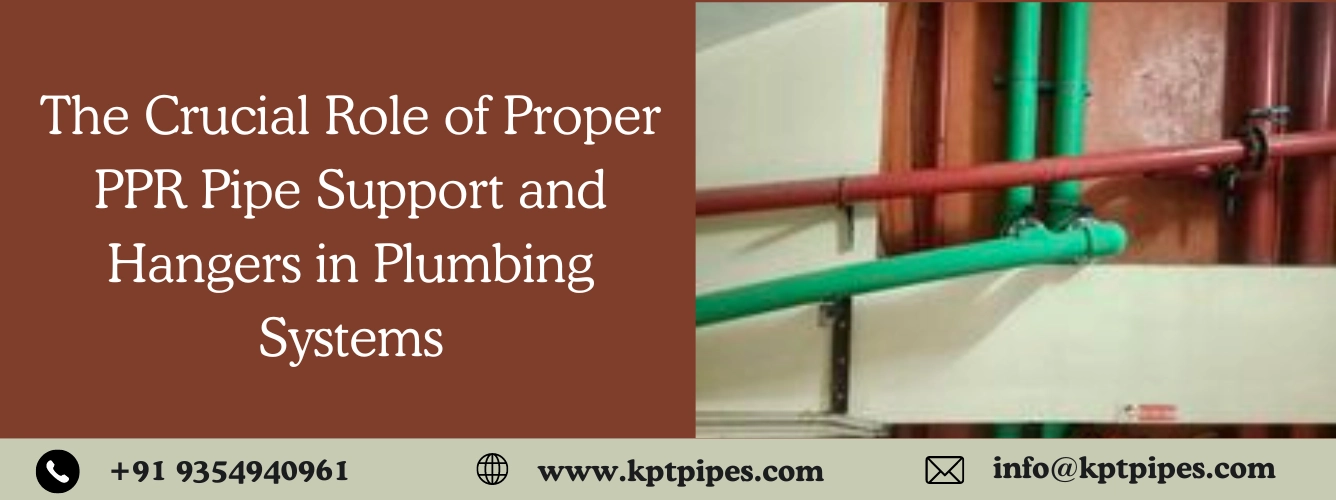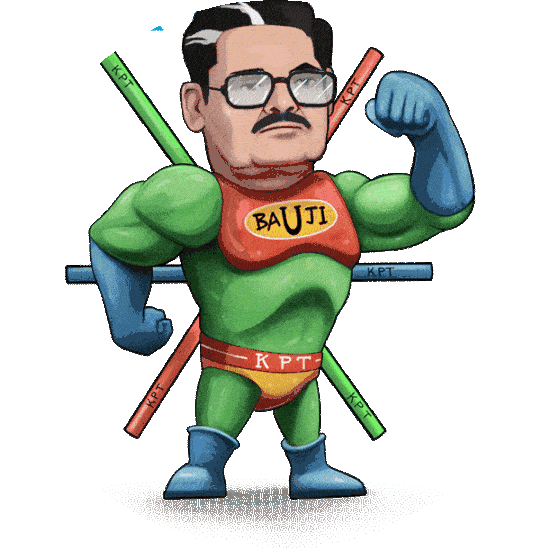
17 Jun The Crucial Role of Proper PPR Pipe Support and Hangers in Plumbing Systems
In the realm of plumbing systems, the unseen heroes are often the support structures that uphold the integrity of the entire network. PPR (Polypropylene Random Copolymer) pipes have become increasingly popular due to their durability, versatility, and resistance to corrosion. However, even the most robust piping materials can falter without adequate support and hangers. In this post, we’ll delve into the significance of proper PPR pipe support and hangers, and why they are indispensable in ensuring the longevity and efficiency of plumbing installations.
PPR Pipes
Before reaching into the importance of support and hangers, it’s essential to grasp the characteristics of PPR pipes. These thermoplastic materials are renowned for their high resistance to chemical erosion, heat, and pressure. They’re commonly used in various applications, including potable water distribution, heating systems, and industrial pipelines. Unlike metal pipes, PPR pipes are lightweight, making them easier to handle and install.
The Role of Support and Hangers
Despite their durability, PPR pipes are not immune to stress and strain. Without proper support and hangers, they are susceptible to sagging, deformation, and eventual failure. Support structures play a crucial role in distributing the weight of the pipes evenly, preventing excessive bending or movement. Hangers, on the other hand, secure the pipes in place, minimizing the risk of displacement due to vibrations or thermal expansion.
Preventing Sagging and Deformation
One of the primary functions of support and hangers is to prevent sagging and deformation of PPR pipes. Over time, gravity can exert downward force on horizontal pipes, causing them to bend or sag in the middle. This not only compromises the aesthetic appearance of the plumbing system but also restricts the flow of water. By strategically installing support structures at regular intervals, the weight of the pipes can be adequately distributed, minimizing the risk of sagging.
Mitigating Thermal Expansion
Temperature fluctuations can cause PPR pipes to expand and contract, leading to stress on the joints and connections. Without proper support and hangers, this thermal expansion can result in leaks, cracks, or even burst pipes. Support structures help to anchor the pipes in place, allowing them to expand and contract within a controlled range without compromising their integrity. Additionally, flexible hangers accommodate thermal movement, reducing the strain on the piping system.
Ensuring Stability and Durability
Proper support and hangers are essential for maintaining the stability and durability of PPR piping systems. By securing the pipes at regular intervals and critical junctions, the risk of movement or displacement is significantly reduced. This not only enhances the structural integrity of the plumbing installation but also minimizes the likelihood of costly repairs or replacements in the future.
Compliance with Building Codes and Standards
In many jurisdictions, building codes and standards mandate the use of proper support and hangers in plumbing installations. These regulations are designed to ensure the safety, reliability, and longevity of residential and commercial buildings. Failure to comply with these requirements can result in penalties, fines, or even legal liabilities in the event of property damage or personal injury. By adhering to established guidelines, contractors and homeowners can avoid potential risks and liabilities associated with inadequate pipe support.
The Bottom Line
In conclusion, proper support and hangers are indispensable components of PPR piping systems. They play a vital role in preventing sagging, deformation, and displacement of pipes, thereby ensuring the stability, durability, and efficiency of plumbing installations. By distributing the weight of the pipes evenly, mitigating thermal expansion, and complying with building codes and standards, contractors and homeowners can safeguard their investments and promote the long-term integrity of their plumbing systems. In essence, investing in high-quality support and hangers is not just a matter of convenience but a fundamental requirement for maintaining a reliable and resilient plumbing infrastructure.




